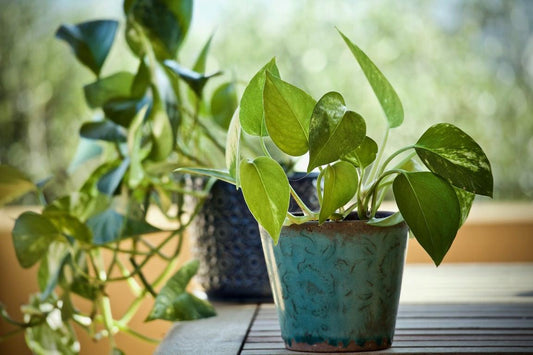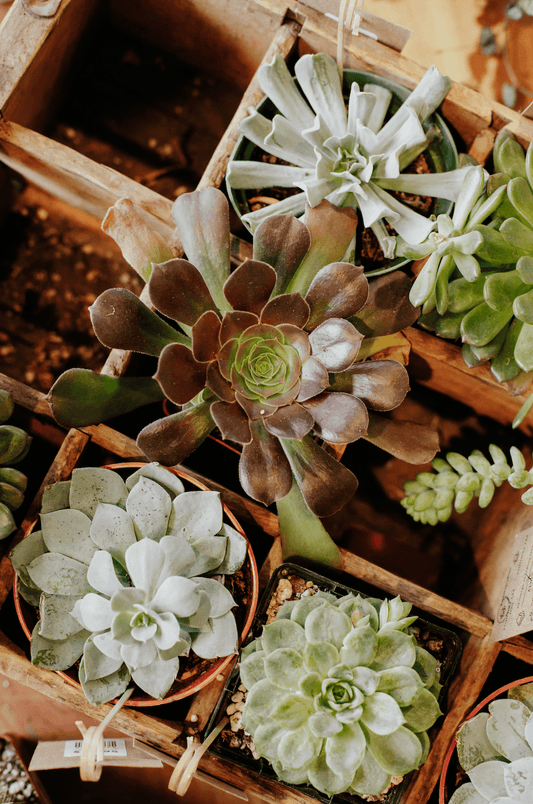MONEY TREE
How to Care for the MONEY TREE
Overview
Popular due to its statement-making appearance and easy-to-care-for nature, the Money Tree was first cultivated by a truck driver in Taiwan, later gaining popularity in other East Asian regions. According to superstition, this so-called lucky plant’s trademark braided trunks are thought to have “trapped fortune within each fold,” and the five leaves on each stalk are said to represent the five elements: fire, water, earth, wind, and metal. If your Money Tree has a stalk with seven leaves, you can consider yourself extra lucky. Because of the myths that surround it—and its ability to thrive even in low light—the Money Tree has become a popular staple in both homes and offices.


Profile
The braided trunk isn’t actually a natural feature, but one added by cultivators who grow them in nurseries. While the Money Tree is young, and its trunk is still supple, it is braided before it hardens and while it is still green. Money Trees can grow up to 20-30 feet tall outdoors—and a whopping 60 feet in their wild, natural habitat—but significantly smaller at 6-8 feet when raised indoors. When grown outdoors, they can produce yellow-white flowers that grow into seed pods.
To propagate, snip off 4-6” cuttings and place them in water to grow roots. Make sure you change the water weekly to provide adequete oxygen during root development. Once roots have developed, you can transfer the cuttings into soil. Regular pruning will help control how your Money Tree grows, maintaining a desired shape as well as encouraging new growth at the top.
You won’t have to worry about keeping your kids and pets away from this plant as the Money Tree has no known toxic properties.




Low light
Keep your Money Tree in medium to bright indirect light, making sure to rotate it on occasion during scheduled waterings for evenly distributed growth and leaf coloration. Hardy as it is, it will also adapt to low fluorescent lighting. They do best in mild temperatures between 65-75°F, and in environments with high humidity.

Occasional
They like infrequent but deep watering. Use filtered water when the top 50-75% of the soil is dry, making sure to avoid root rot by not letting the plant stand in water. Choose a well-draining, nutrient-rich potting soil when planting, and ensure the pot is not that much bigger than the root ball for it to not hold more water than the Money Tree actually needs. Repotting is only necessary iif you wish for it to grow larger, and only if the root ball has become significantly root bound into it’s current pot.

Easy breezy

Pet Friendly
FREQUENTLY ASKED QUESTIONS (FAQs)
on MONEY TREE
What should I do if one of my Money Tree’s trunks dies?
The two primary causes for this would be underwatering or overwatering. By the time you notice, it’s often too late to save the affected stem, but it isn’t impossible to save the healthy ones. Using your hands, separate the dead one from the rest, making sure to cut it into pieces using a pair of pruners to help make removal easier. Propogate using the methods mentioned above.
How can I train the trunk of my Money Tree to stay braided?
Wrapping string or twist ties around the stems will allow you plant to grow the way you want it to. Don’t force them to bend so far out; this will cause irreversible harm to your Money Tree.




